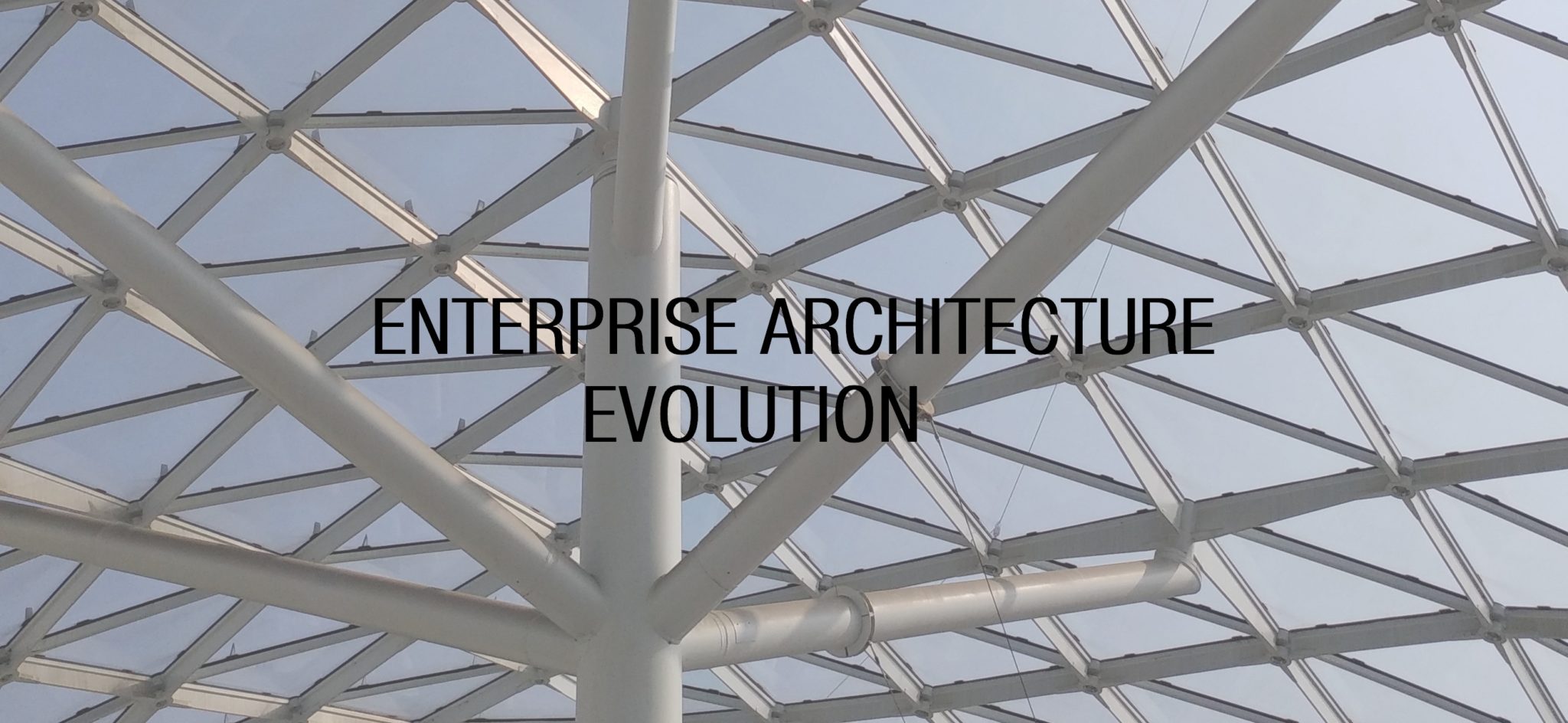In Design Thinking applied to business and innovation, different models have been defined over the years, some of which are more effective than others. In this and in the next pills we will show you the most efficient Design Thinking models in the business environment. In this way we want to give you a complete view of the different tools, to give you the possibility of identifying the one that best suits your context (corporate or project). The invitation we give you is to try to use them.
Let’s start with the first model, the “3I” model (Inspiration, Ideation, Implementation), developed by IDEO in 2001 in the context of innovation for social purposes.
“Design thinking is a human-centered approach to innovation that draws from the designer’s toolkit to integrate the needs of people, the possibilities of technology, and the requirements for business success. ”
(Tim Brown – IDEO)
This model is based on the principle that a Design Thinking process is composed of a series of moments (or spaces) that can be retraced iteratively during the course of the project. And, according to this model, the key moments are three: Inspiration, Ideation, and Implementation.
In summary, in the Inspiration phase, you focus on the problem or the opportunity that motivates the search for solutions, in the Ideation, you develop the process of generation-development-test of ideas, and in the Implementation, you enter in the actual project development phase in people’s lives.
Inspiration
Although this model envisages a non-linear path through the various design phases, the starting point is always that of inspiration.
So when you apply this model you have to start from the problem or the opportunity that moves your organization to find suitable solutions for the case: you have to write a project brief!
A brief is a short but comprehensive document that illustrates the requirements of the company and the objectives it wants to achieve, any limits and assumptions that must be taken into account, a work set-up to start with and the units of measurement with which to compare and assess progress.
Beware that a brief does not have to place too many poles (which would limit the creative phase), but at the same time it must not even be too abstract (to avoid bringing the team off-road).
Starting from the brief, the project team is dedicated to investigating the expressed and unexpressed needs of people: focus groups, surveys, social polls, but also the observation of people to understand their habits and attitudes in daily operations.
Observation is also a useful tool for exploring contexts similar to that of the project, to find inspiration.
In short, the objective of this phase is to collect all possible insights.
Ideation
Once the inspirations are gathered through observations and research, the next step you need to take is the synthesis of what you saw and heard with your design team. In this phase, the insights gathered are summarized and from these, we find the starting point for possible solutions or opportunities for change (towards the objectives of the brief).
Here the most useful tool is brainstorming, the exchange of ideas and the generation of multiple options: new products, new services or new processes. All the alternatives will then have to be tested with prototypes (usually paper) and simulation of use, and compared to identify the most effective and convincing ones … and to discover the “disruptive” ones!
But be careful, having many ideas implies a greater complexity in the evaluation phase of the different options, often with impacts on project times and on the budget. This is why it sometimes happens that organizations try to limit the various options, trying to converge on more “conservative” ideas … or that do not imply a great effort in the evaluation phase. If you want to innovate, this is not the way!
How, then, can the development of a divergent thought be facilitated while keeping the time (and costs) contained?
Build a multidisciplinary project team: people with skills in different disciplines, who have many personal interests in various fields. The “makers” are excellent candidates: employees or engineers passionate about carpentry, sculpture or gardening; or psychologists with a passion for electronics and mechanics. The important thing is that they are curious people and prepared to work in teams even in areas that they do not know.
Furthermore, brainstorming must be structured, with precise rules and time!
Implementation
The best ideas collected in the previous moment must be tested and tested in order to identify the final solution. The team, divided into sub-groups, develops the prototypes and tests them: a test with a sample of end-users would be excellent.
In the test phase, it often happens that the idea is upset and reworked to respond to the feedback of the user who tested it. This will allow you to start then with the development of a truly useful and performing solution according to the user’s expectations … and that fully meets the requirements of the initial brief!
Storytelling
Finally, it is very important to communicate the new solution, to transfer to the stakeholders, and to the rest of the “world”, the values generated by the new product or service. This aspect is also taken care of by the project team, if not completely with large and important participation.
Conclusion
Such a process can often seem chaotic to those who have never experienced it before. If you don’t feel completely at ease to apply this methodology for the first time in the company, we suggest you contact an expert consultant, or design and coaching companies like ZeraTech, who give you the professional support you need to take full advantage of the tool to get real results. In the next few pills, we will discuss other models, among the most used, for Design Thinking.
See you at the next pill!





